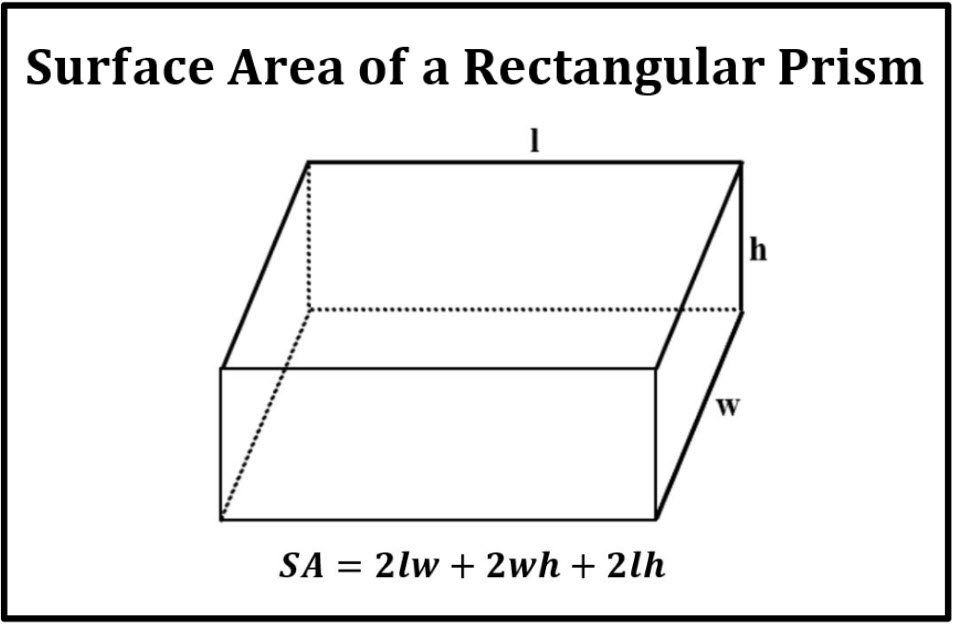
Find the area of the base by using the following formula: base area = 1/2 × base side × height. You will need to know the length of one triangle side and the height between that side and the opposite vertex.
LATERAL SURFACE AREA OF A TRIANGULAR PRISM HOW TO
It also explains how to calculate the lateral area of a triangular prism. So the surface area of this figure is 544. This geometry video tutorial explains how to calculate the surface area of a triangular prism using a simple formula.
LATERAL SURFACE AREA OF A TRIANGULAR PRISM PLUS
So one plus nine is ten, plus eight is 18, plus six is 24, and then you have two plus two plus one is five. How do you find the area of the base of a triangular prism? Regroup the one ten to the tens place, there's now one ten. Then, find the base area by multiplying the base by the height of the triangle and dividing by 2. Find the lateral area by calculating the perimeter of the base and multiply it by the height of the prism.

To find the total surface area, add the area of the large rectangle plus two times the area of the base, B. Next, find the area of one of the two congruent bases, area B.

When base triangle’s base ‘b’ and height ‘h’ is given, then area = (1/2) bh. įor a right circular cylinder of radius r and height h, the lateral area is the area of the side surface of the cylinder: A = 2π rh.įor a pyramid, the lateral surface area is the sum of the areas of all of the triangular faces but excluding the area of the base.What Are the Formulas to Find Base Area of a Triangular Prism? The formulas that can be used to find the base area of a triangular prism are, When base triangle is equilateral, with each side ‘a’, then area = √3a2/4. Finds the total area contained by the three rectangular sides of the prism. This lateral surface area can be calculated by multiplying the perimeter of the base by the height of the prism. Lateral Surface Area of a Triangular Prism Formula. More generally, the lateral surface area of a prism is the sum of the areas of the sides of the prism. Thus the lateral surface of a cube will be the area of four faces: 4 a 2. If the edge of the cube has length a, the area of one square face A face = a ⋅ a = a 2. The surface area of the three rectangular faces is combined into the term that multiplies L by the sum of the three sides of the triangle (s1, s2, and s3). This is to be distinguished from the total surface area, which is the lateral surface area together with the areas of the base and top.įor a cube the lateral surface area would be the area of the four sides. The lateral surface area is the area of the lateral surface. The lateral surface of an object is all of the sides of the object, excluding its base and top (when they exist). Plug the decimal dimensions in SA bh + (s1 + s2 + s3)H, where b and h are the base length and height of the triangle s1, s2, and s3 are the lengths. Straight circular cylinder with unrolled lateral surface


 0 kommentar(er)
0 kommentar(er)
